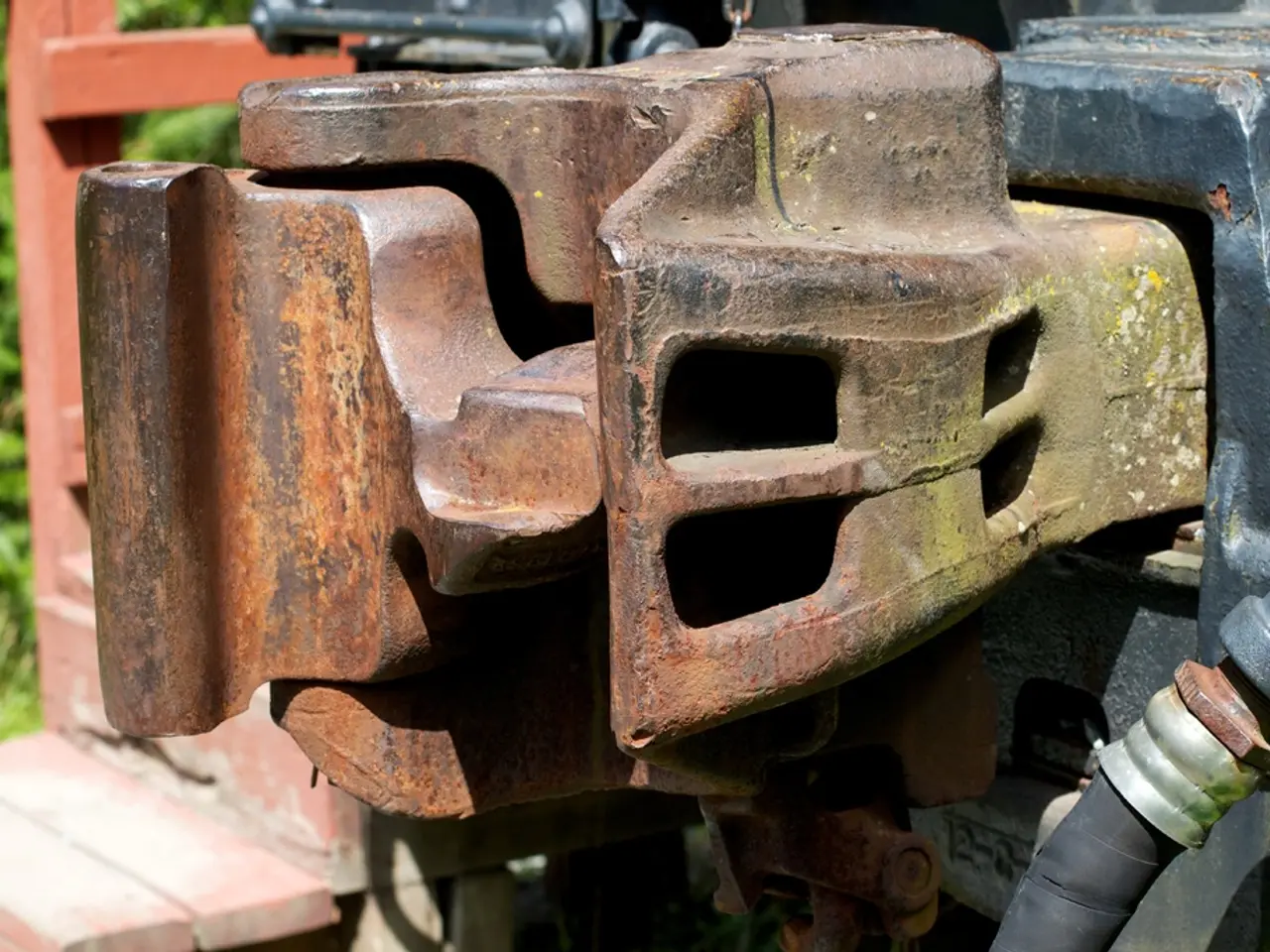Revitalizing Mining Byproducts: The Growth of Copper Tailings Re-processing
The world of copper mining is undergoing a significant transformation, with the emergence of tailings re-mining as a promising pathway to meet global demand while minimizing environmental impact. This innovative approach to resource extraction is not only economically attractive but also presents a more sustainable and efficient way to utilise resources.
Tailings re-mining enables more efficient resource utilization with lower environmental impact per ton of metal produced. By leveraging advanced technologies, such as bio-ingenuity approaches like Allonnia's D-Solve technology, microbes are used to selectively extract impurities from tailings, making the recovery of valuable metals possible.
One of the key challenges in tailings re-mining is the variable mineral composition, which creates processing challenges. However, technologies like multi-stage sorting processes using eddy current separators, X-ray transmission technology, and artificial intelligence (AI) are making copper mining waste recycling economically viable. These advancements, combined with urban mining and upcycling methods, energy-efficient furnaces, closed-loop recycling systems, and automated robotic sorting, are contributing to the economic feasibility of copper recovery from waste materials.
The field of tailings reprocessing is experiencing rapid technological evolution. For instance, AI technologies are being used to optimise processing parameters in real-time, predict maintenance needs, identify optimal blending strategies, and enhance metal recovery rates. Advanced sensor technologies for real-time tailings characterization enable precise blending and processing parameter optimization. Enhanced gravity separation techniques for fine-grained materials improve recovery of dense valuable minerals, while dry processing methods reducing water consumption and environmental impact address significant environmental challenges in mining.
Despite the numerous benefits, tailings re-mining faces unique technical, economic, and regulatory challenges. Unclear regulatory frameworks for tailings reprocessing create uncertainty around approval processes, and liability concerns regarding historical contamination can complicate project development and financing. Capital expenditure requirements for specialized equipment must be carefully balanced, and permitting timelines potentially affecting project schedules may reduce responsiveness to favourable market conditions.
However, the mining industry is demonstrating its capacity for innovation and sustainability through tailings re-mining. Success stories include Freeport-McMoRan's Baghdad mine in Arizona, which achieved a 5-10% production increase through AI optimization, and Rio Tinto's successful extraction of tellurium from copper processing waste streams, showing the potential for critical minerals recovery from tailings. Hindustan Zinc's large-scale commitment to process 10 million tons of tailings annually illustrates commercial-scale implementation.
The widespread adoption of tailings reprocessing could significantly impact global copper supply. Properly managed re-mining operations incorporate comprehensive environmental controls and ultimately reduce long-term environmental liabilities. This approach also diversifies sources of critical minerals for technology manufacturing, shortens supply chains by utilising existing domestic resources, and supports the energy transition through increased copper availability for renewable energy infrastructure and electrification.
As the world's demand for copper continues to grow, driven by electrification, renewable energy, and digital technologies, the importance of tailings re-mining as an increasingly important component of global copper supply becomes increasingly evident. The combination of traditional mining expertise with cutting-edge technologies like artificial intelligence, bio-engineering, and advanced processing methods is creating a more efficient, less wasteful approach to resource extraction.
Read also:
- Peptide YY (PYY): Exploring its Role in Appetite Suppression, Intestinal Health, and Cognitive Links
- Toddler Health: Rotavirus Signs, Origins, and Potential Complications
- Digestive issues and heart discomfort: Root causes and associated health conditions
- House Infernos: Deadly Hazards Surpassing the Flames








